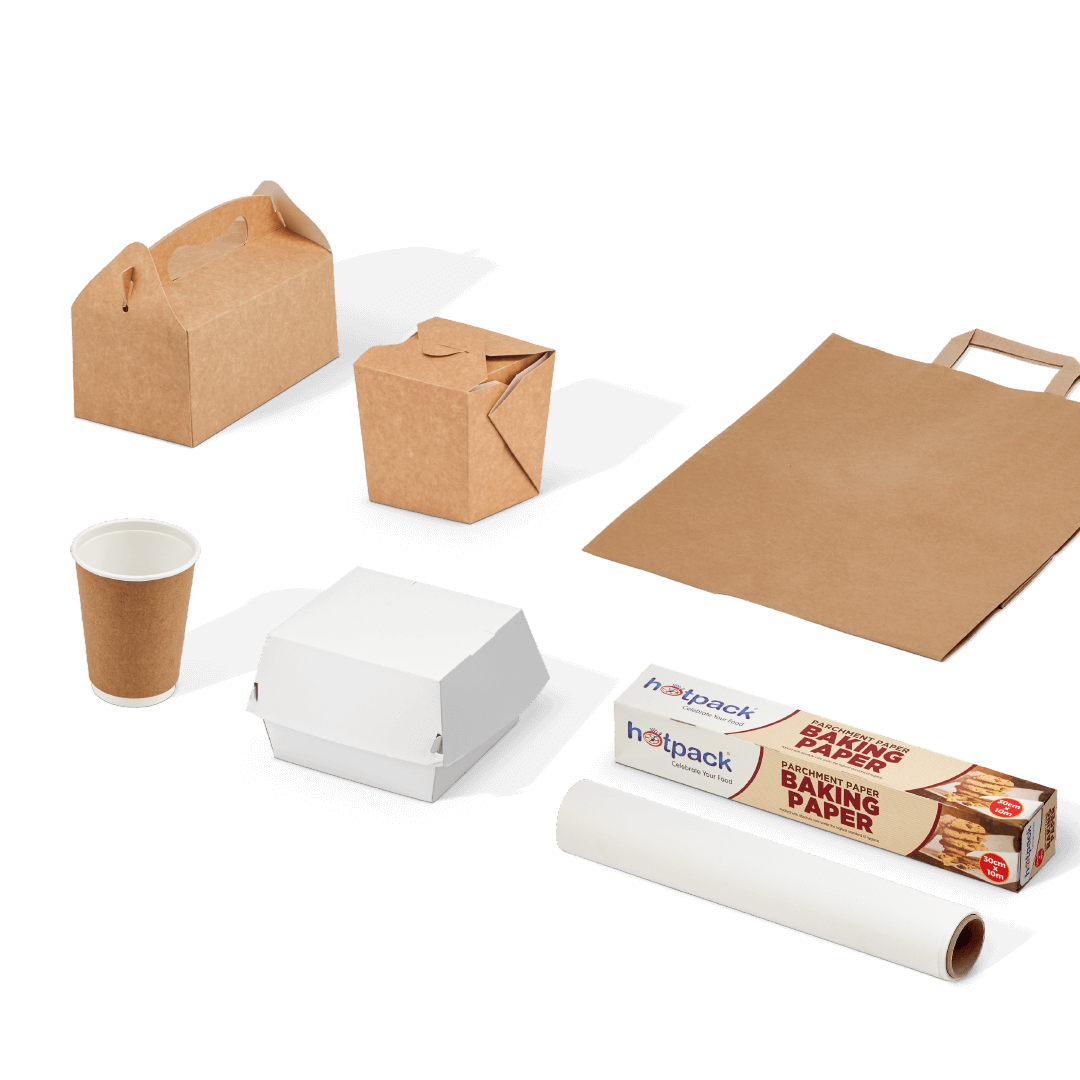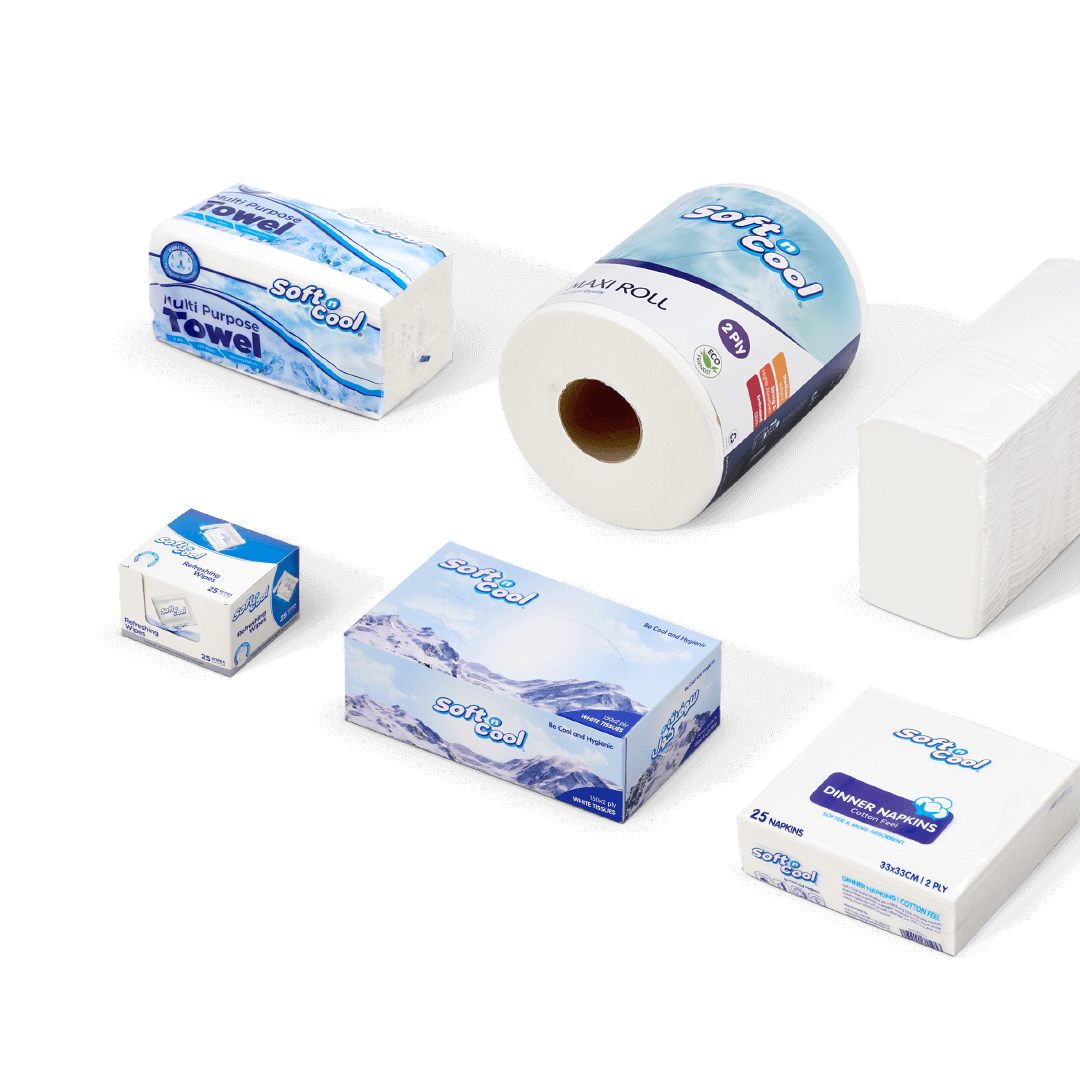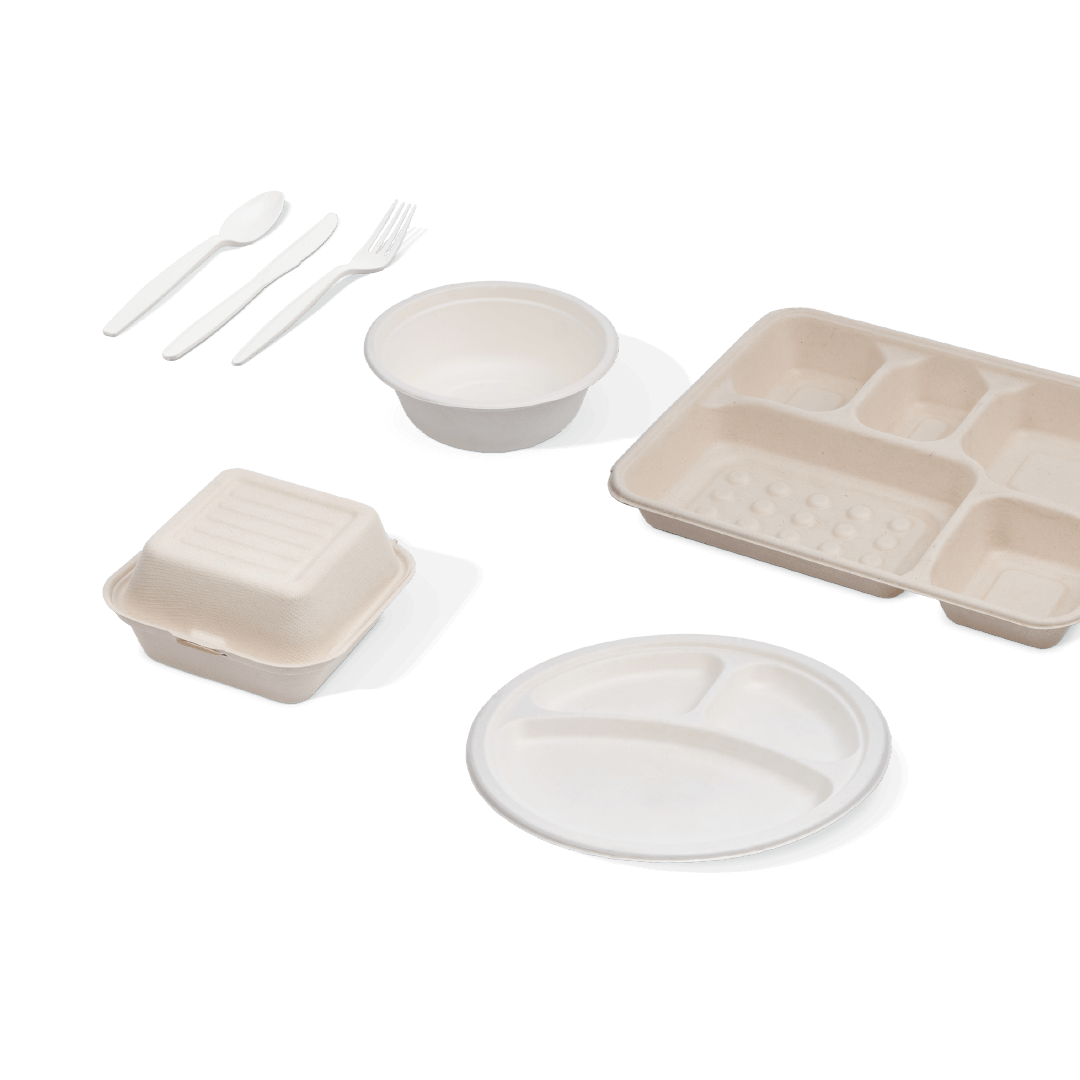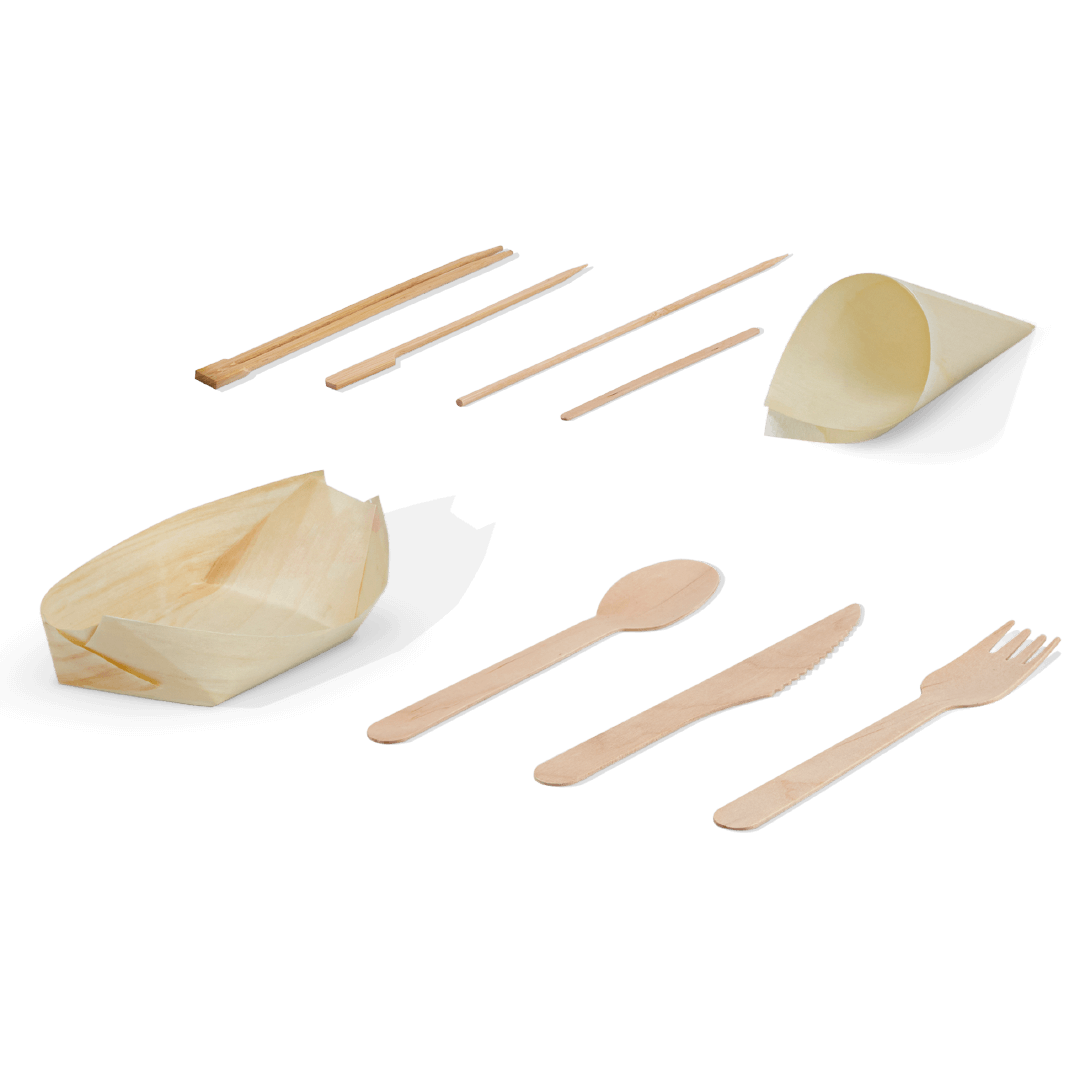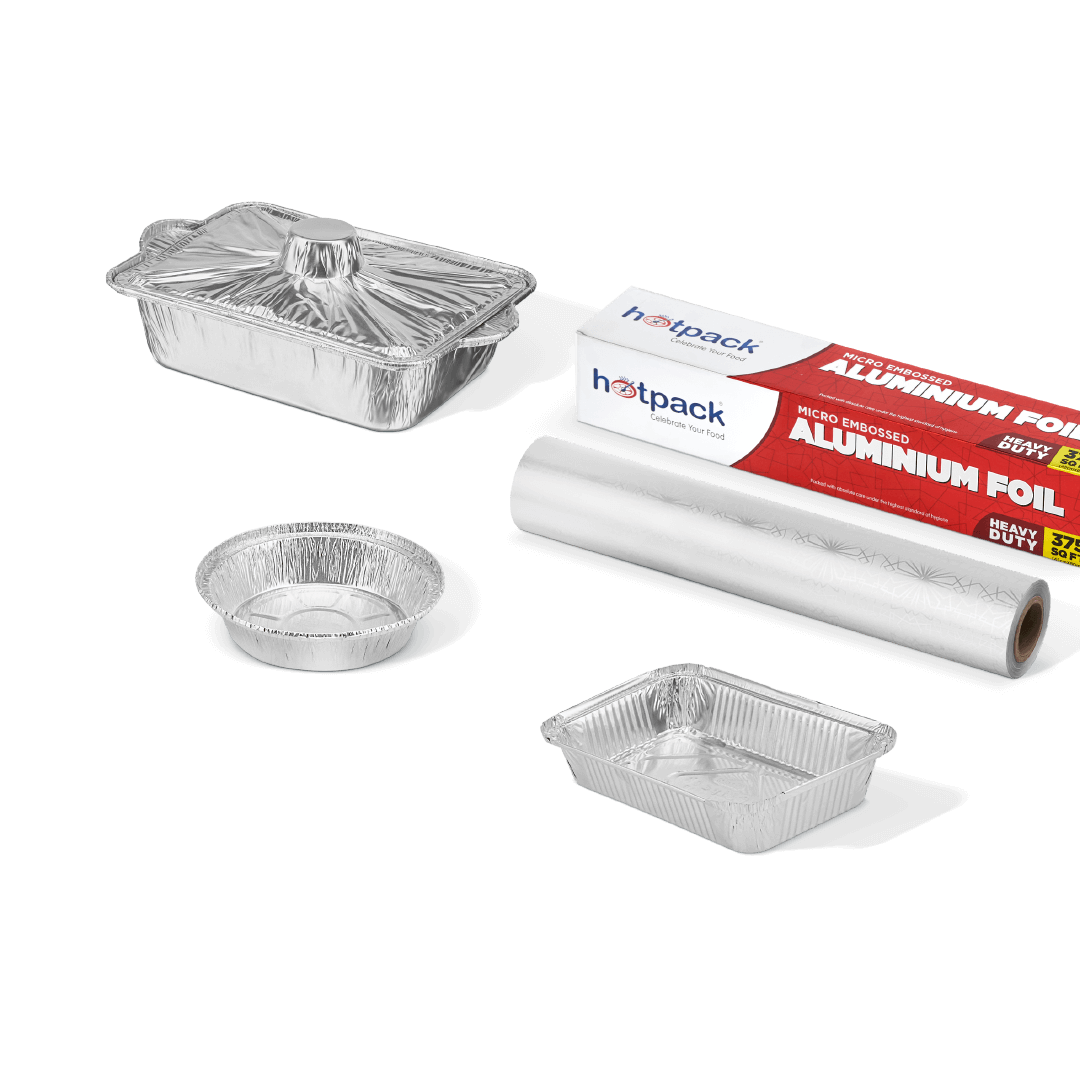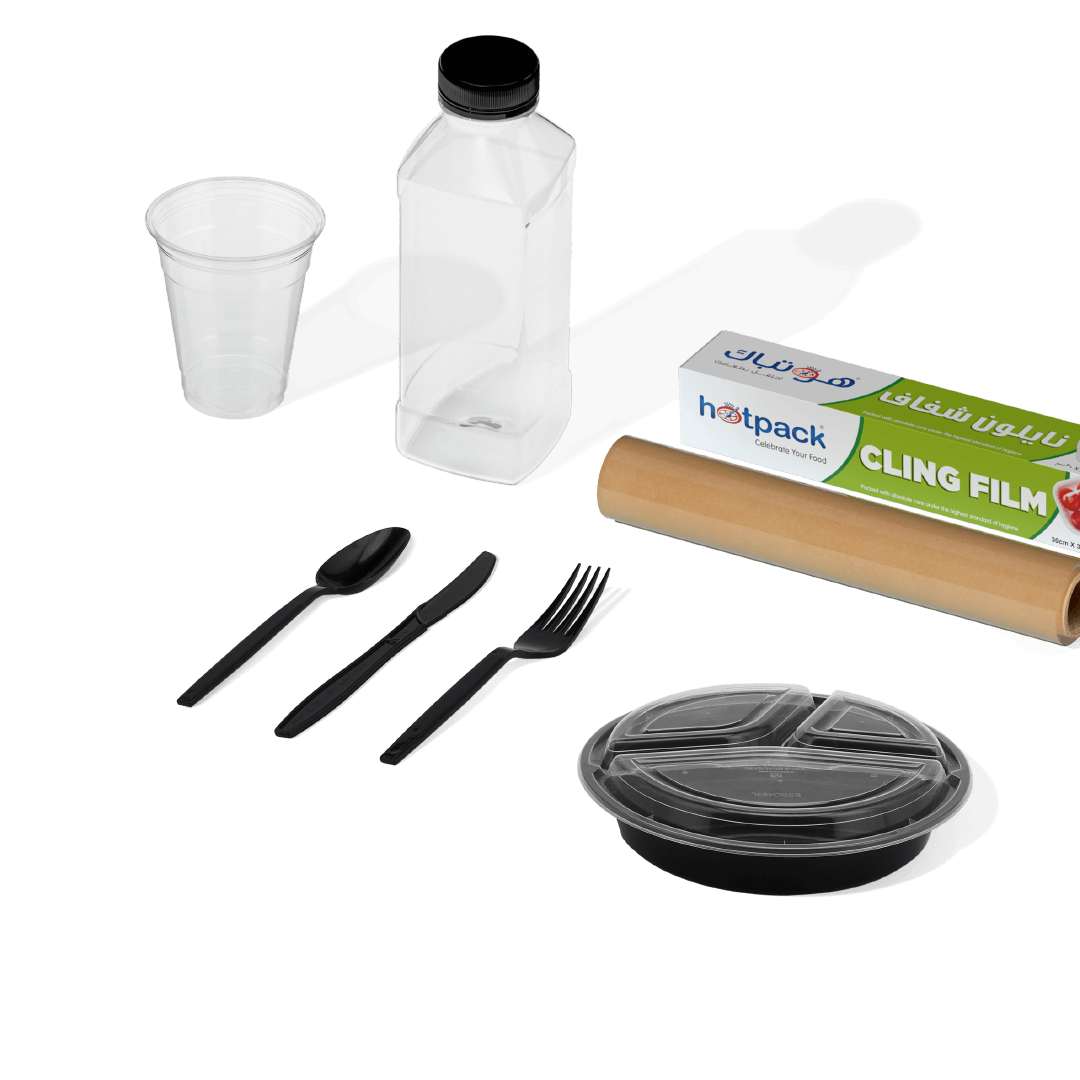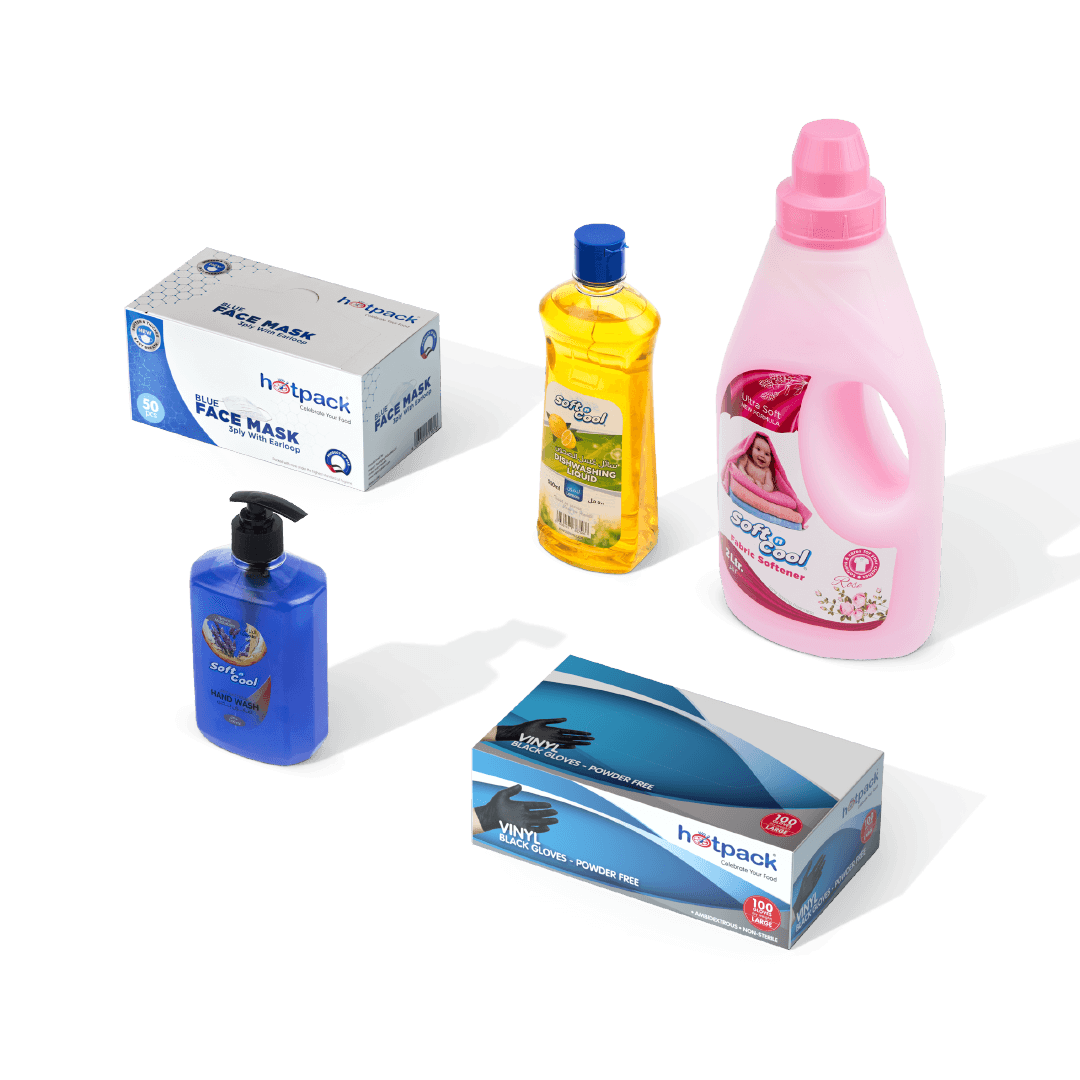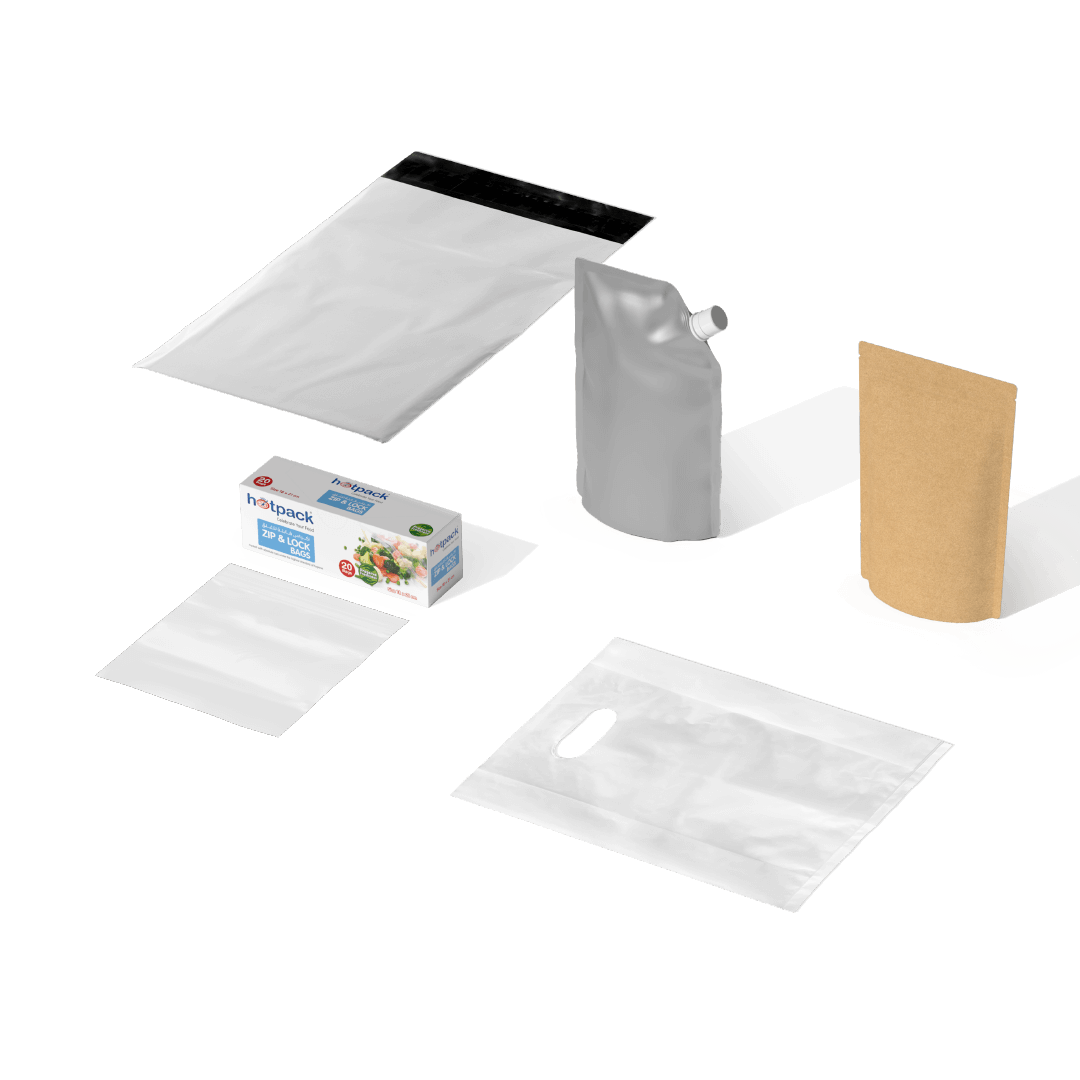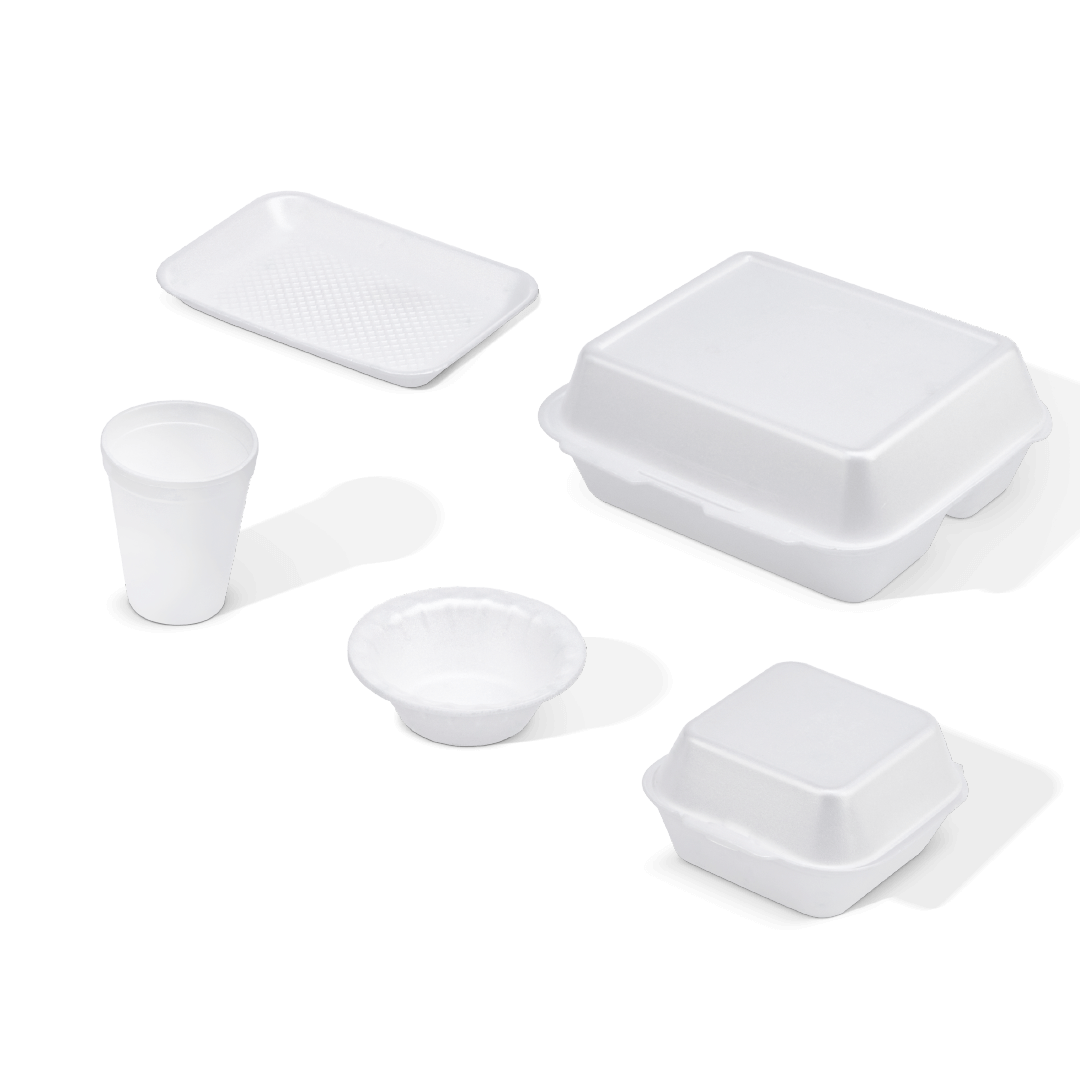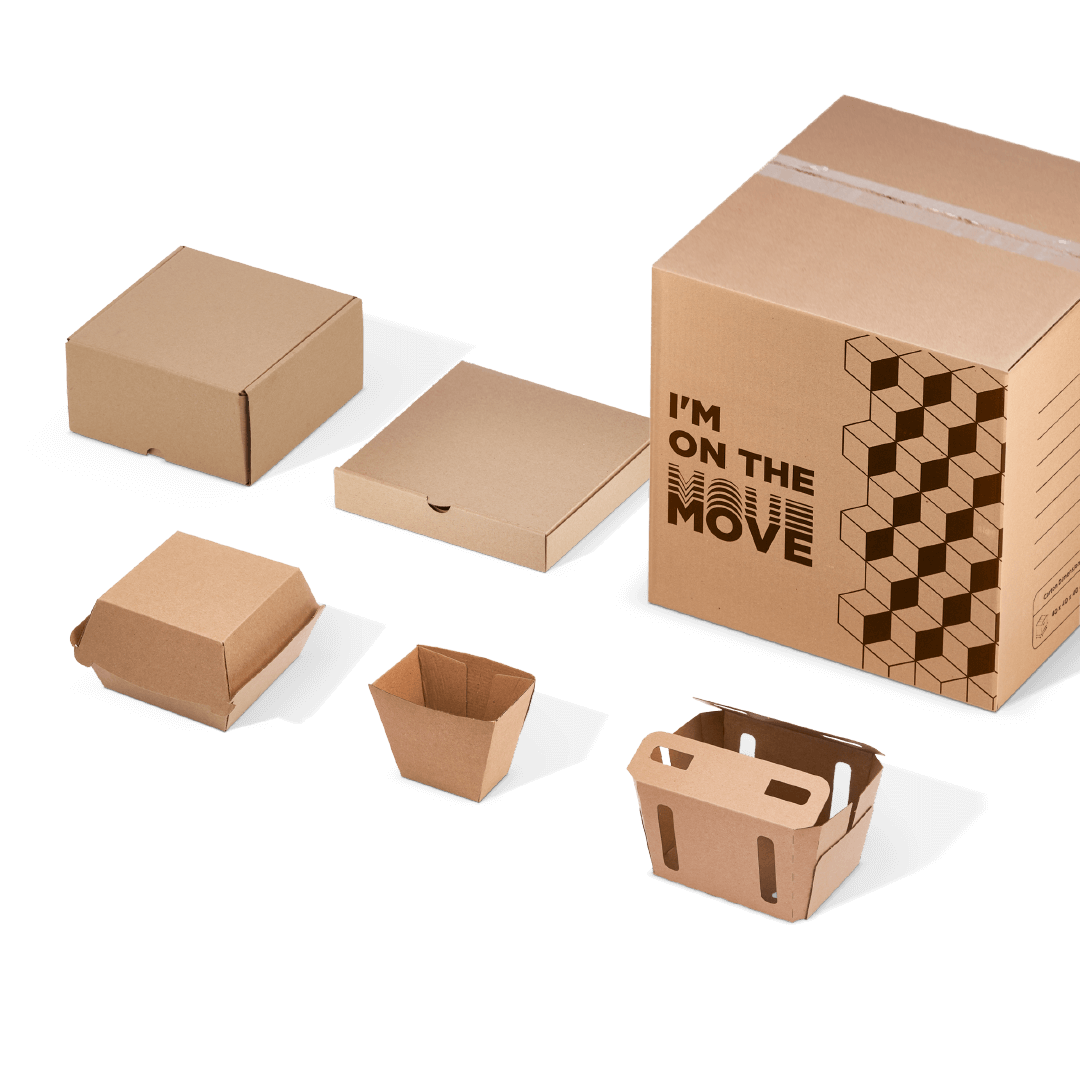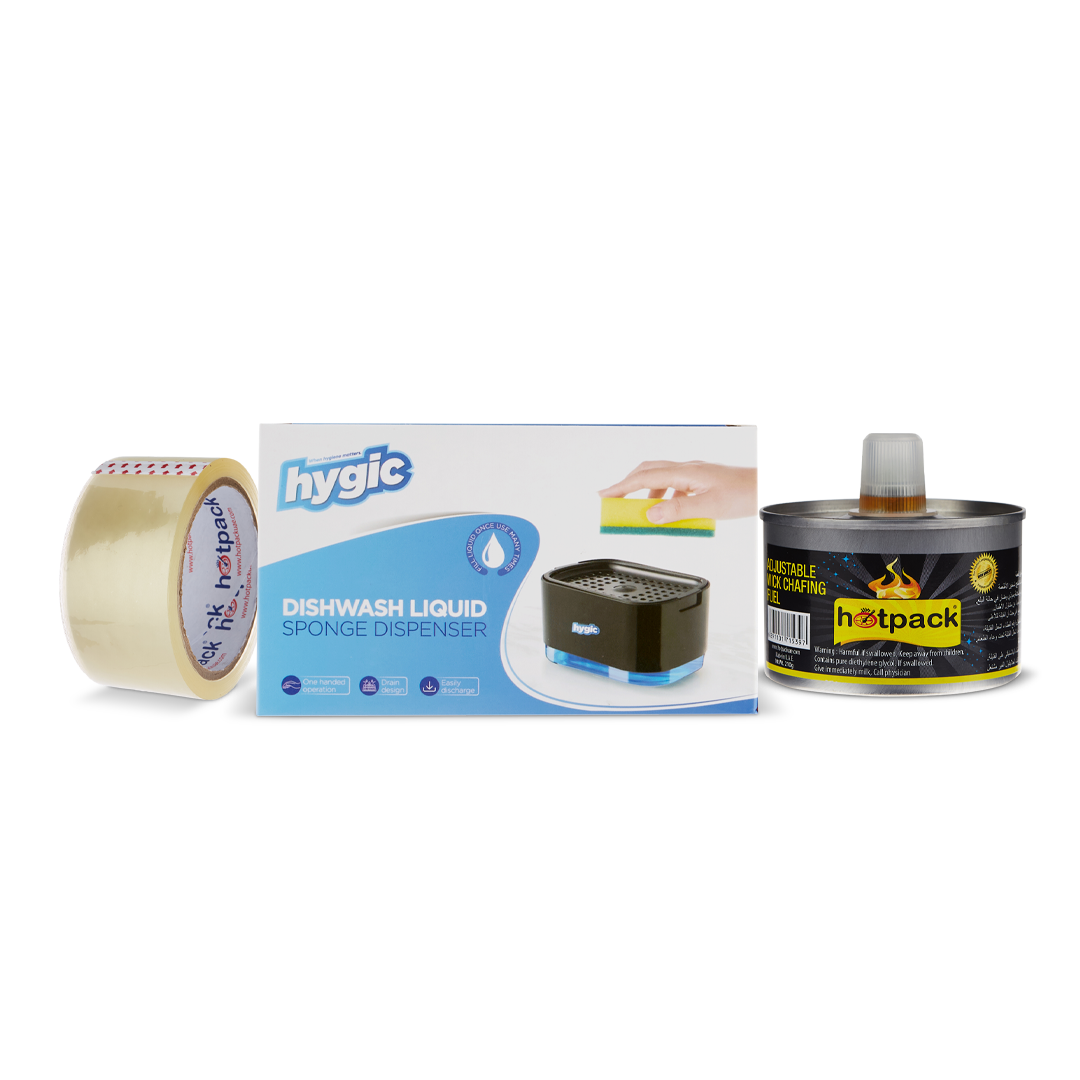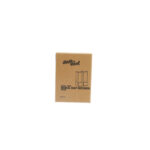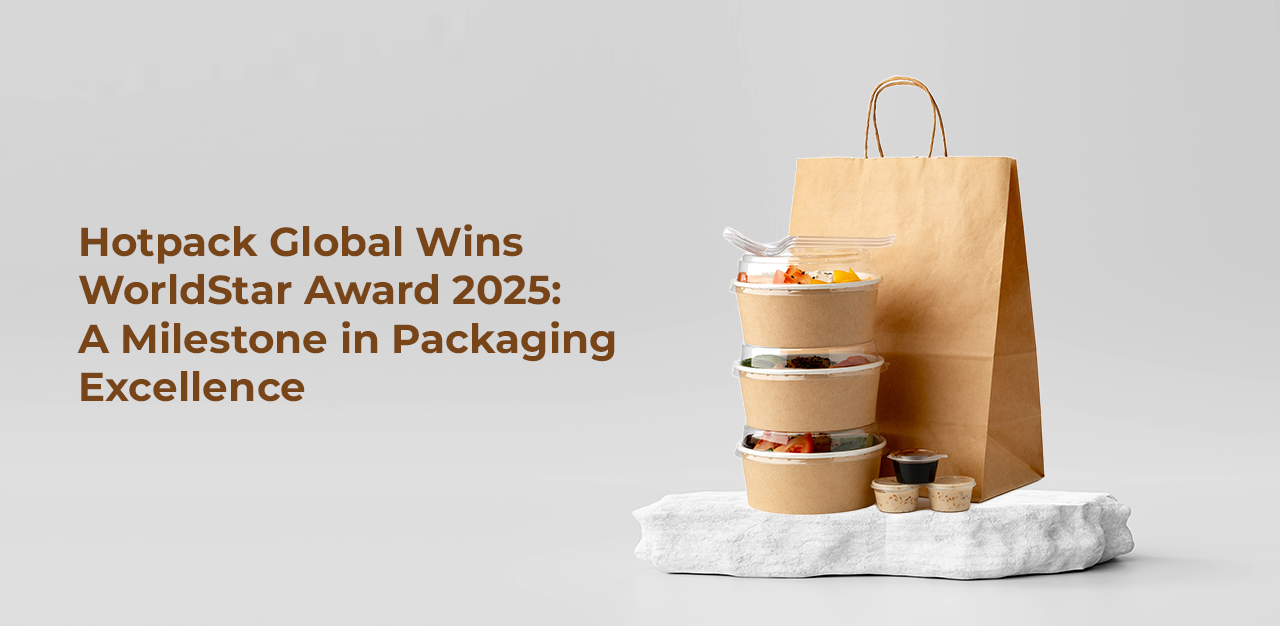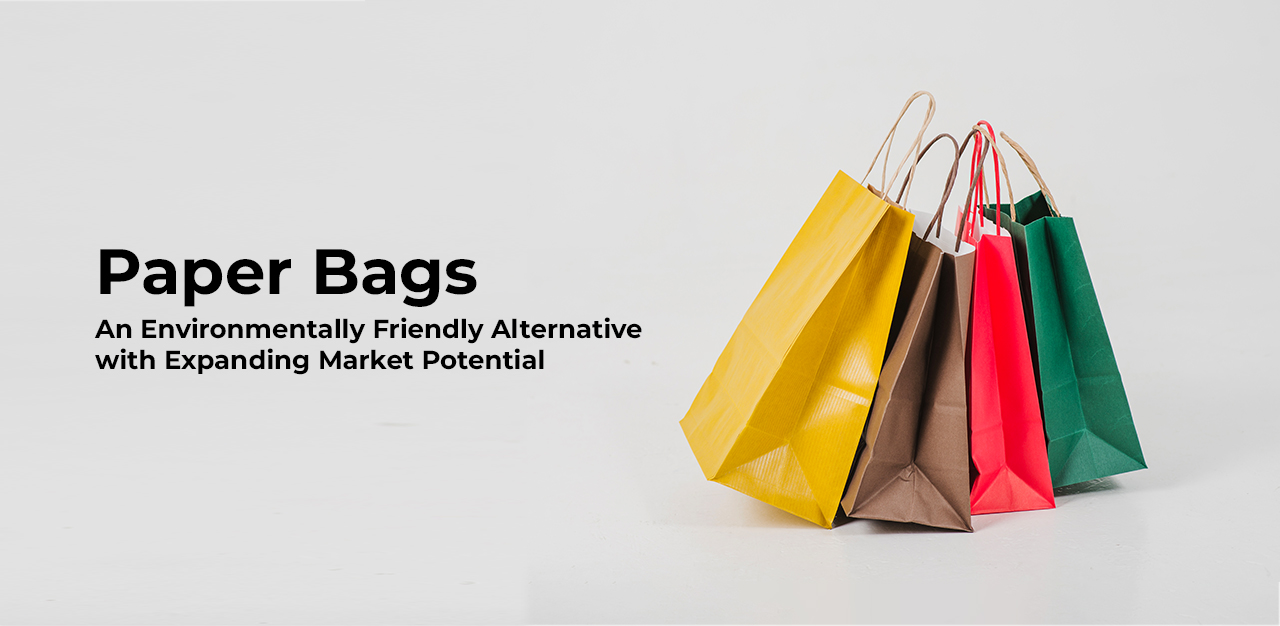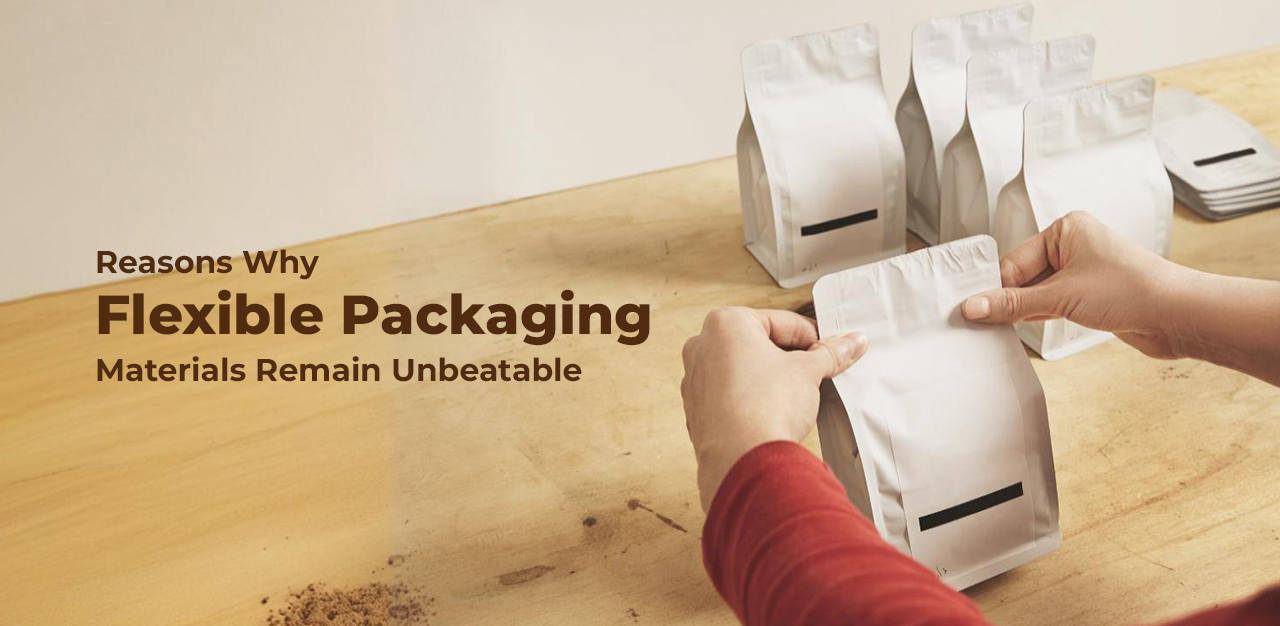Food packing containers are essential for maintaining the quality and freshness of your daily delectables while guaranteeing their safety during transit. Choosing the proper food packaging company is crucial whether you run a restaurant, catering company, or often keep food in storage at home. This guide aims to provide you with comprehensive insights into purchasing food packaging containers that meet your requirements while maintaining optimal hygiene and sustainability.
-
Understanding your needs:
Before diving in, it’s crucial to assess your specific needs for a food storage container. Consider the type of food you’ll be packaging, the quantity required, and the intended use of the containers. Different foods have varying preservation requirements, and this understanding will help you select containers that best suit your purposes.
-
Material selection:
Food packaging containers come in various materials, each with its pros and cons. Aluminium, glass, plastic, and biodegradable materials are popular choices. Plastic containers are lightweight and affordable, but make sure they’re microwave-friendly and BPA-free. Glass containers might be heavier and more brittle, but they are durable and reusable. Aluminium containers are excellent for heat retention but might not be suitable for all types of foods. Biodegradable options are environmentally friendly but may have limited durability.
-
Size and capacity:
Choosing the right size and capacity of packaging containers is essential to avoid waste and maximize storage efficiency. Consider the portion sizes and volume of food you usually handle. Having containers of various sizes can provide flexibility and accommodate different items. Stackable containers save space and keep your storage organized.
-
Seal and closure mechanisms:
Maintaining food freshness and preventing leaks are crucial factors when selecting a food packing container. Look for containers with secure and airtight seal mechanisms. Lids with silicone gaskets or snap-on features can ensure tight closure, preventing air and moisture from entering and compromising the quality of the food.
-
Durability and reusability:
Investing in durable, reusable packaging containers not only benefits the environment but also saves costs in the long run. Think about the material’s thickness, capacity to survive frequent usage and cleaning, and resistance to breaking or cracking. The need for frequent replacements is decreased by the ability of high-quality containers to resist the rigours of regular use.
-
Transparency and visibility:
Opt for containers with transparent or translucent bodies. This feature allows you to easily identify the contents without opening the container, helping you organize your storage more efficiently and reducing the possibility of spoilage due to mishandling.
-
Microwave and freezer compatibility:
If you plan to use food packaging containers for reheating and freezing, ensure they are suitable for such purposes. Not all materials are safe for microwave use or can withstand extreme temperatures in the freezer. Look for containers labelled as microwave-safe and freezer-friendly to avoid damage and potential health hazards.
-
Eco-friendly:
With growing concerns about environmental sustainability, opting for eco-friendly packaging is a responsible choice. Biodegradable containers, created from materials like cornflour or bamboo, spontaneously disintegrate and lessen the environmental impact of plastic waste. Be aware that certain biodegradable choices might not be as durable or heat-resistant as others.
-
Brand reputation and reviews:
Research brands that are known for producing high-quality food packaging containers. You may gain knowledge about how these containers work in actual use by reading reviews and endorsements from customers. Companies that are positively regarded are more likely to produce goods that live up to your expectations.
-
Cost considerations:
While quality should be a priority, it’s also important to consider your budget. Evaluate the cost per container and weigh it against the durability, features, and benefits offered. Remember that investing a bit more upfront in quality containers can lead to long-term savings by avoiding replacements and maintaining food quality.
-
Stackability and space efficiency:
When selecting food packaging containers, think about how easily they can be stacked and stored. Containers that are designed to nest or stack together can save valuable storage space, whether you’re using them at home or in a commercial kitchen. Efficient stacking also aids in transporting large quantities of food.
-
Dishwasher safety:
For convenience, consider whether the packaging containers are dishwasher-safe. Dishwasher-safe containers can simplify the cleaning process, especially when dealing with a high volume of containers. It’s crucial to remember that frequent dishwasher usage may eventually shorten the lifespan of some materials.
-
Customizability and branding:
If you’re a business owner, customizability and branding options might be important to you. Some manufacturers offer the opportunity to personalise containers with your logo or label. This can help enhance your brand identity and create a consistent look for your food products.
-
Temperature resistance:
Certain foods require specific temperature conditions for storage and transportation. If you deal with hot or cold items, ensure that the chosen containers are capable of withstanding the necessary temperature ranges. This is particularly important to prevent warping or deformation of the containers, which can compromise their integrity.
-
Leak-proof design:
Leakage can be a significant concern, especially when packaging liquids or saucy foods. Look for containers with leak-proof designs and secure lids to prevent spills during storage or transportation. A good seal prevents liquids from escaping and keeps your food items fresh and mess-free.
-
Portion control and meal planning:
If you’re using food packaging containers for portion control or meal planning, consider options with dividers or compartments. These containers allow you to separate different components of a meal, maintaining the integrity of each item and making it easier to create balanced, ready-to-eat portions.
-
Versatility for different foods:
Think about the variety of foods you intend to package. Some containers are specifically designed for certain types of food, such as salads, soups, or sandwiches. Choosing versatile containers that can accommodate a range of food items will offer more flexibility in your packaging options.
In conclusion, purchasing food packaging products online requires careful consideration of factors such as material, size, seal mechanisms, durability, and sustainability. Tailoring your choices to your specific needs, whether for home use or business purposes, will ensure that you select containers that enhance food preservation and maintain hygiene. By keeping these essential aspects in mind, you can confidently make informed decisions and contribute to a greener, more efficient food storage routine.
To read the unlimited guides for choosing the beast types of food container: Click Here

